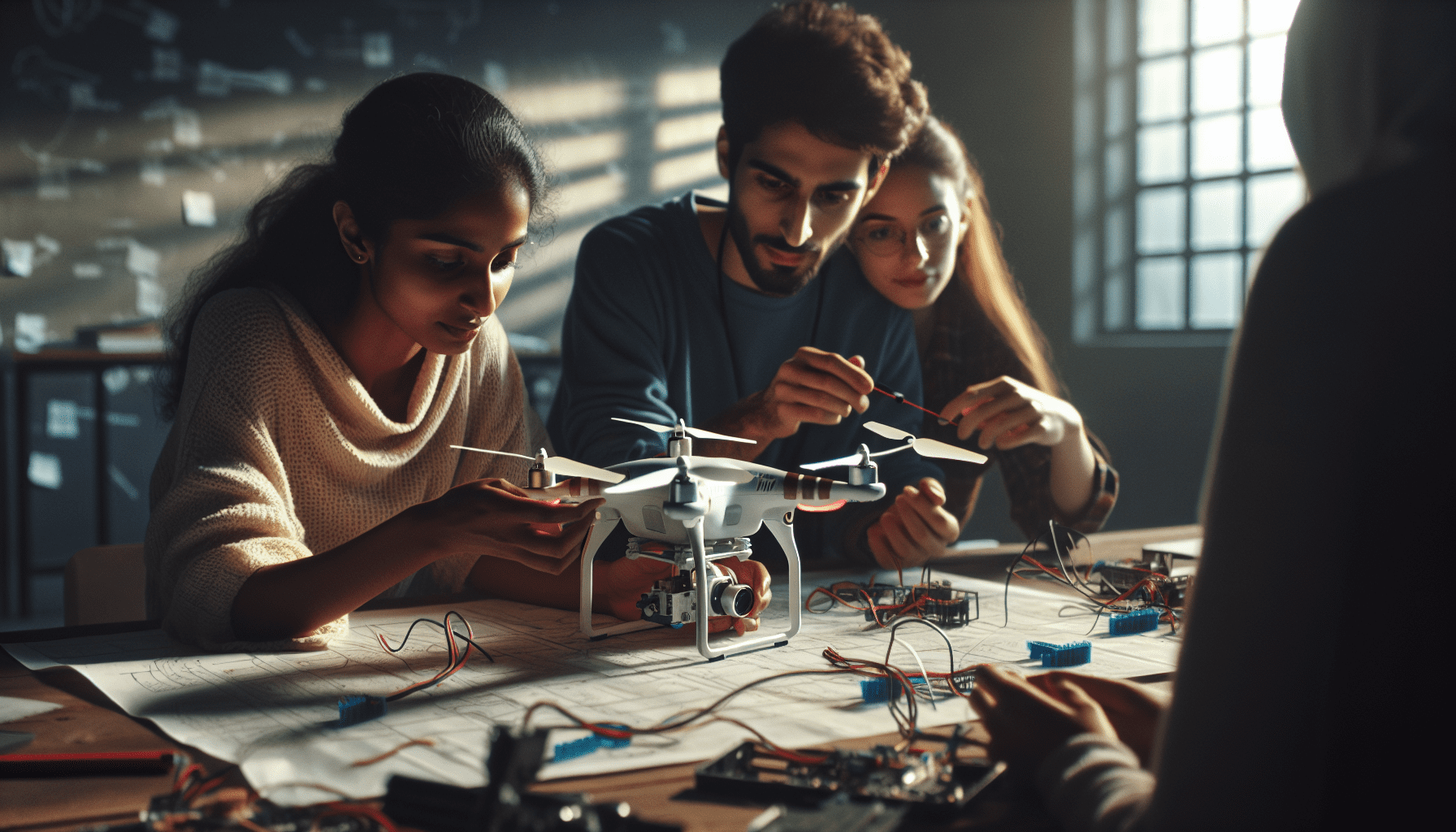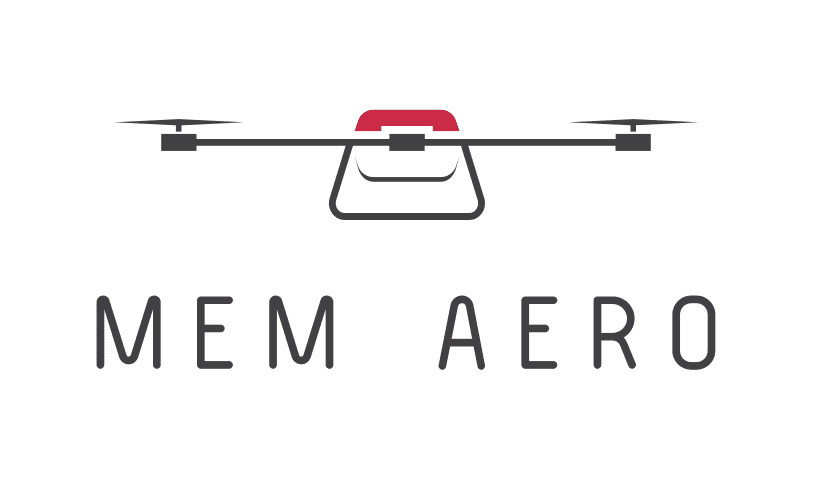Understanding Drone Visual Literacy
Drone visual literacy describes the capability to make sense of and create visual messages through drone technologies. In an educational context, this term encompasses the skills students learn while operating drones for capturing images and videos as well as analysing the data gathered from these experiences. Incorporating drone visual literacy into the curriculum empowers students to engage with modern visual communication methods, enhancing their storytelling abilities. For instance, students can be tasked with documenting local environmental changes or school events through aerial photography. This not only cultivates their technical skills but also nurtures a more nuanced understanding of visual representation and its impact.

The Relevance of Visual Literacy in Today’s Education
In today’s digital age, visual literacy plays a critical role in the educational environment. With the proliferation of images and videos across social media and online platforms, students must learn to navigate this visual overload effectively. Drone visual literacy equips them with the skills necessary to critique and create visual content responsibly. This skill set is vital for interpreting information in the era of misinformation, where images can be manipulated to convey misleading narratives. As students learn to operate drones and analyse the visuals they produce, they gain the expertise needed to discern fact from fiction, an essential life skill in our information-saturated culture.
Benefits of Drone Visual Literacy in Educational Settings
Integrating drone visual literacy into school curriculums brings multiple benefits. Firstly, it enhances student engagement, as many young learners are enthusiastic about technology, particularly drones. This excitement can lead to increased motivation in their studies, especially in subjects like science, technology, engineering, arts, and mathematics (STEAM). Secondly, students improve their technical skills, learning to operate sophisticated equipment and software related to drone operations. Furthermore, engaging in projects that require the use of drones promotes teamwork and collaboration, as students often work in groups to complete tasks, refining their interpersonal skills along the way.
Implementing Drone Visual Literacy in Schools
To successfully teach drone visual literacy, educators must adopt a structured approach. Curriculum design should incorporate hands-on projects, providing students with practical experiences alongside theoretical knowledge. Lessons can include operating drones, understanding aerial photography, and analysing data collected during flights. This kind of learning is often experiential, thereby enabling students to apply concepts in real-world contexts, solidifying their understanding. Creativity flourishes when students can explore their interests in projects, driving them to new intellectual heights. Consider the example of a project where students document the health of trees in their local park—this project would cultivate environmental awareness through the lens of technology.
“Engaging students through technology not only makes learning more enjoyable but also prepares them for future opportunities.”
Factors to Consider in Curriculum Development
When developing a curriculum that includes drone visual literacy, educators must consider various factors. Firstly, the technical capabilities of the school must be assessed; necessary equipment and software should be readily available and accessible for student use. Additionally, safety regulations must be outlined and adhered to, ensuring a safe learning environment. Furthermore, professional development for teachers is crucial. Educators need training in drone technology and its applications within the classroom to guide students effectively. Lastly, aligning drone activities with existing curricular frameworks can help seamlessly integrate this learning into broader educational goals.
Case Studies in Drone Visual Literacy
Examining specific case studies can provide insights into the successful implementation of drone visual literacy in schools. For example, a pilot programme in a UK school district leveraged drone technology to teach geography and environmental science. Students were tasked with mapping local geography and monitoring ecological changes over time. By capturing aerial imagery and interpreting the data, they learned to communicate scientific findings through visual storytelling. This case highlights how real-world applications can captivate students’ interest while also enhancing their learning outcomes.
Global Initiatives Fostering Drone Skills
Various global initiatives are now embracing drone technology to enhance education. Programs focused on STEM education incorporate drones into their offerings, helping students develop essential skills. These initiatives often include international collaborations whereby students share their projects and outcomes. For example, students participating in a worldwide drone mapping project collaborate to address climate change, fostering a sense of global citizenship. Such collaborations not only broaden educational horizons but also make learning relevant in a global context.
Challenges and Solutions in Teaching Drone Visual Literacy
While the benefits of drone visual literacy in schools are considerable, challenges do exist. One of the primary challenges is the costs associated with equipment and training. Drones, software, and maintenance can represent a significant investment for educational institutions. However, there are potential solutions; schools can explore partnerships with local businesses or seek grant funding to subsidise these costs. Additionally, educators may face difficulties in keeping up with the rapid advancements in drone technology, necessitating continuous professional development. Engaging in community collaboration can alleviate some of this burden, as industry experts can offer support and guidance.
Addressing Safety Concerns
Teaching students to operate drones raises valid safety concerns. Safety protocols must be established, including designated flying areas and age-appropriate training. Schools should educate students about legal regulations and ethical considerations surrounding drone use. By instilling a culture of safety and responsibility, educators can mitigate these concerns while empowering students to embrace drone visual literacy. Equipping students with the knowledge of safety and operational regulations ensures they approach drone usage prudently.
The Future of Drone Visual Literacy in Education
The future of drone visual literacy in education looks promising as technology continues to advance. Innovations in drone design and functionality will offer more sophisticated opportunities for learning. As programming and automation become more integral to drone technology, students will need to grasp these concepts as well. We can foresee curricula that incorporate coding and robotics alongside drone operation, nurturing a more comprehensive skill set. Furthermore, the ubiquity of location-based applications and data analytics aligns perfectly with drone visual literacy, making it an increasingly relevant area of study.
Emphasising Creative Skills Development
Ultimately, fostering drone visual literacy in schools is a gateway to enhancing creative skills. Creativity is not merely about artistic expression; it encompasses problem-solving, innovation, and critical thinking. By using drones for creative projects—such as artistic visualisation or storytelling—students learn to express their unique perspectives while engaging deeply with subject matter. This profound engagement cultivates a generation of thinkers equipped to tackle future challenges creatively and resourcefully.
Conclusion: The Importance of Drone Visual Literacy
As education evolves, embracing advancements in technology such as drone visual literacy is essential. This innovative approach not only enhances students’ creative skills but also prepares them for a rapidly changing world, where visual communication will be paramount. Integrating drone activities into educational settings provides multifaceted benefits—engaging students, promoting teamwork, and enhancing critical thinking skills. As schools turn to drones to inspire curiosity and creativity, they enable students to navigate the complexities of the modern world with newfound confidence. The potential impact of drone visual literacy on education is profound, and it is imperative that educators continue to explore its possibilities. With this approach, students can develop a clearer understanding of their roles within an ever-evolving landscape, becoming not just consumers of visual content but also critical producers.
Frequently Asked Questions
How can drones enhance creative skills in students?
- Drones can enhance creative skills in students by providing hands-on learning experiences, enabling visual storytelling, and encouraging problem-solving and innovation.

